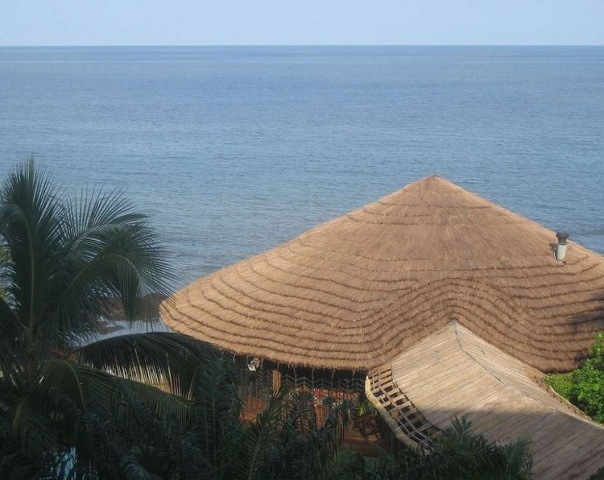If you have always wanted to know more about the former French colony, the Republic Of Guinea, then all you need to do is to read on.
Facts About The Republic Of Guinea
The Republic of Guinea is a small, coastal country located in western Africa. Until recently it was known as French Guinea, but now is known as Guinea Conakry. The new name has the word Conakry appended to Guinea to help differentiate it from its next-door country of Guinea Bissau. It shares its borders with Guinea Bissau to the northwest, Senegal and Mali towards the north and north east, the Ivory Coast to the southeast and Liberia and Sierra Leon to the south and southwest. The people of this country are a mix of tribes like Fula, Mandinka, and Susu who also form the major ethnic group of the country. The history of Guinea consists of records of the land changing hands between many different administrations, including the French. After its independence it came under autocratic rule and has since been added to the list of the poorest countries in the world.

Interesting & Fun Facts About The Republic Of Guinea
- The area that is now known as Guinea was first settled by the Susu tribe who were migrating from the north.
- The very first empire to have ruled Guinea is believed to be the Ghana Empire and was later replaced by the Almoravides Empire.
- It was during this time that the region of Guinea was introduced to Islam.
- From the 12th to the 13th Century, Guinea was ruled by the Sosso kingdom only to be replaced by the Mali Empire.
- After the fall of the Mali Empire the region was divided and saw the rise of the Songhai Empire, which exceeded the Mali Empire in both territory and wealth.
- From the 16th to the 19th century the region of Guinea was ruled by the Fulani Empire.
- After the Fulani Empire the region was dominated by the Wassoulou or Wassulu Empire which lasted only from 1878 to 1898.
- The colonial history of Guinea can be traced to the French victory over the army of Samory Touré, the leader of the Ouassoulou state in 1898.
- After six decades of colonial rule, Guinea finally became independent on 2 October, 1958 and adopted its constitution on 23 December, 1990.
- The country is spread over 245,857 sq km and is home to 10,324,025 people (as of July 2010).
- The geography of the country consists of a 320 km long coastline with flat plains and mountainous terrain in the interior.
- The highest point in Guinea is Mont Nimba which stands at a height of 1,752 m (5,747 ft). The lowest point in the country is the coast which is at a height of 0 m.
- The climate of the country is hot and humid most of the times. It does however have a rainy season that lasts June to November and a dry season lasting from December to May.
- The country of Guinea has vast amounts of mineral and agricultural resources. Enough that it could easily be the richest nation in Africa.
- Having almost half of the world’s bauxite deposits, the mining sector accounts for at least 70% of the country’s exports.
- Some of the crops grown in the country are rice, coffee, sweet potatoes, tapioca, bananas, palm kernels and pineapples.
- Guinea is also home to some of the world’s last tropical dry forests.
- The Fouta Djalon Plateau in the west is also famous for its waterfalls and is known to provide some of the best hiking spots.
- Guinea does not have a tourism industry that is well set up, so when making a trip there you should be prepared to rough it out.
- One of the most commonly used currency exchange agents are the black market dealers who are known to give good exchange rates and sometimes even accept traveler’s cheques.
See also
More from iloveindia.com
- Home Remedies | Ayurveda | Vastu | Yoga | Feng Shui | Tattoos | Fitness | Garden | Nutrition | Parenting | Bikes | Cars | Baby Care | Indian Weddings | Festivals | Party ideas | Horoscope 2015 | Pets | Finance | Figures of Speech | Hotels in India : Delhi | Hyderabad | Chennai | Mumbai | Kolkata | Bangalore | Ahmedabad | Jaipur
- Contact Us Careers Disclaimer Privacy Policy Advertise With Us Lifestyle Sitemap Copyright iloveindia.com. All Rights Reserved.







